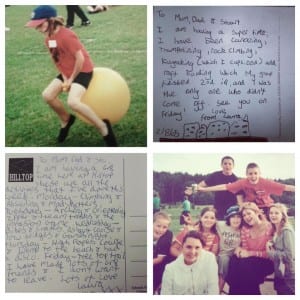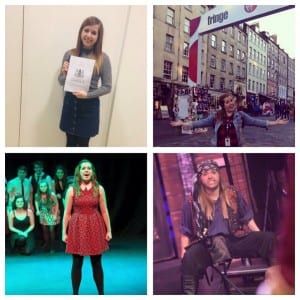“All of us have that moment where puttin’ the shit on us is the best choice we have.” (Finley, cited in Potier, 2002)
From looking at the eating disorders of Winnie The Pooh and friends, Karen Finley then took the idea of honey and using visual art she smeared her body with the food. I think this is very impacting visually and has a lot of meaning behind it. If I were to just sit and talk about what it’s like to have diabetes I feel like the audience would become bored and therefore I think if I show what it is like rather than just talk it will be more engaging and memorable. Seeing and hearing something at the same time like Laurie Anderson suggests, plays with the senses. Like her use of microphone distortions and the repetitions of certain words, phrases or dialogue I want to create interesting visuals and text together.
Like the 21st century slogan “eat. sleep. rave. repeat.” I want to repeat “Blood test. Carb count. inject. eat.” I think this is catchy and also sums up my daily repetition, through repetition of the script.
“Imagine carb counting every time you eat. Going out for a meal and not knowing how many carbs are in what you’ve ordered as there’s no packet to look at. Or what if you then order desert and you’ve already injected.
Re-test. Re-count. Re-guess. Re-inject.” (Baillie, 2016)
The idea of food onstage I think would work in the opening of my piece- as the audience enter I will place sweets into a jar. This will represent the constant counting of carbs and the resistance of eating the sugary foods. But also challenge the audience’s pre conceptions that diabetics can’t eat sugar at all… as half way through my piece I want to then show myself “Blood test. Carb Count. Inject. eat. ” By eating jelly babies on stage instead of my initial thought of I’ll eat an alpen light bar (as the packing is easy to read and carb count from the box) I thought this may confuse the audience to them thinking I have to eat low fat things (when in fact I just like alpen light bars). So jelly babies would have more of an inpact- like Karen Finely I need to do something that stands out. I feel injecting myself on stage will definitely have that shock factor.
“food has also been used as a prop in displaying the intrusion and penetration that the characters experience in the form of a visual abuse to the body.” (Finley, cited in Holmes, 2012)
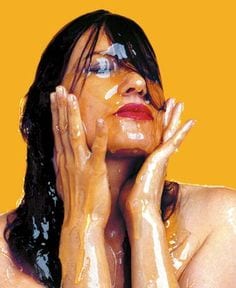
Holmes, L. (2012). Progress Through Provocations: Analyzing the Work of Karen Finley. [online] CUJAH. Available at: http://cujah.org/past-volumes/volume-iii/essay-3-volume-3/ [Accessed 2 May 2016].
Potier, B. (2002). Harvard Gazette: Karen Finley provokes, reveals in lecture. [online] News.harvard.edu. Available from: http://news.harvard.edu/gazette/2002/02.14/06-finley.html [accessed 2 May 2016].



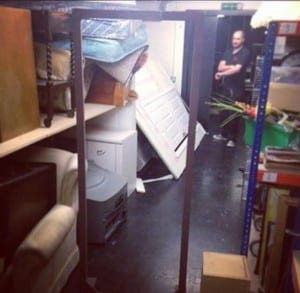
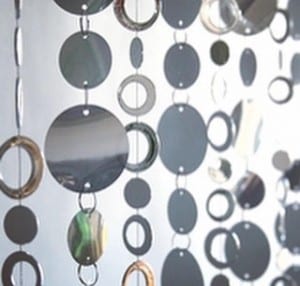
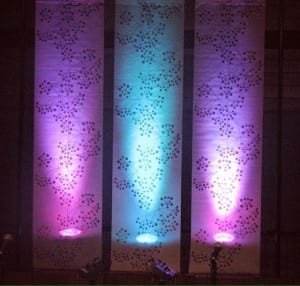
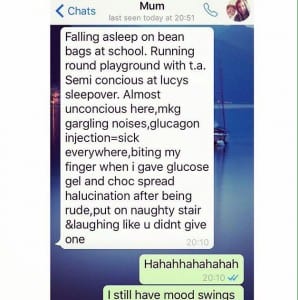 Due to living around 145 miles which works out at around 2 and half hours, away from the most important people in my life, who gave me life- my parents. I couldn’t record my mum’s voice personally and ask her questions about what it is like living with a daughter who has had type 1 diabetes since the age of 6. It must be hard for a parent having to learn about a condition that they never thought they’d have to deal with, especially my parents as no one in my family has ever had type 1 diabetes (which is strange to tell people as type 1 is genetic). As I’ve become more independent and moved away from home to university my parents have to put complete trust in me to cope myself and keep my health in check. Obviously my mum texts me most days to see how i am and if i have any health problems i tell her for example if she asks how my day’s been and i respond by saying I’ve been asleep most of the day due to having high blood glucose levels. As well as having her on the phone to the Ipswich diabetes centre team like in January when i was waking up hypo every morning, my mum was scared for my health and I nearly had to go home just so she could look after me and not have to worry i may fall hypo in the night and not wake up. It can be scary. Due to my parents also not being able to come watch my performance at 9.30am on May 17th i want to in some way include them in my piece, as i have been interested in different people’s perceptions. So i asked my mum to sum up how it feels to be a parent with a daughter with type 1 diabetes…
Due to living around 145 miles which works out at around 2 and half hours, away from the most important people in my life, who gave me life- my parents. I couldn’t record my mum’s voice personally and ask her questions about what it is like living with a daughter who has had type 1 diabetes since the age of 6. It must be hard for a parent having to learn about a condition that they never thought they’d have to deal with, especially my parents as no one in my family has ever had type 1 diabetes (which is strange to tell people as type 1 is genetic). As I’ve become more independent and moved away from home to university my parents have to put complete trust in me to cope myself and keep my health in check. Obviously my mum texts me most days to see how i am and if i have any health problems i tell her for example if she asks how my day’s been and i respond by saying I’ve been asleep most of the day due to having high blood glucose levels. As well as having her on the phone to the Ipswich diabetes centre team like in January when i was waking up hypo every morning, my mum was scared for my health and I nearly had to go home just so she could look after me and not have to worry i may fall hypo in the night and not wake up. It can be scary. Due to my parents also not being able to come watch my performance at 9.30am on May 17th i want to in some way include them in my piece, as i have been interested in different people’s perceptions. So i asked my mum to sum up how it feels to be a parent with a daughter with type 1 diabetes…